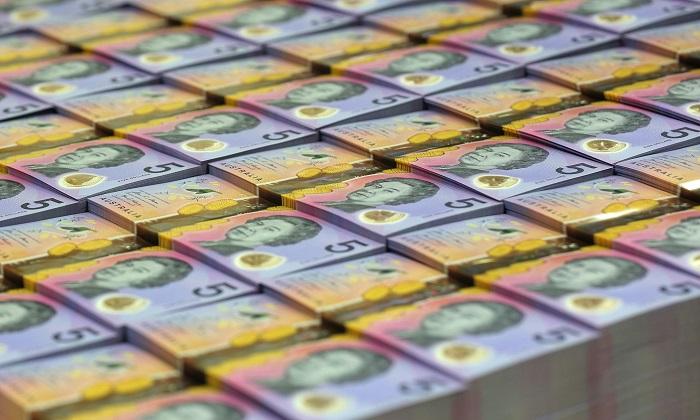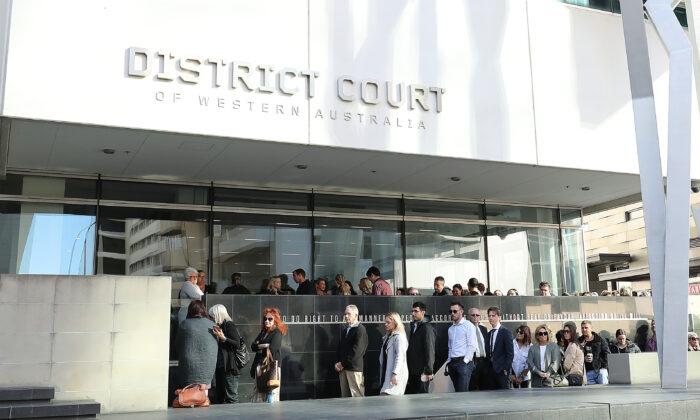Economists believe Australia’s ballooning government debt is manageable in a low interest rate environment.
Josh Frydenberg handed down a big-spending budget on Oct. 6, while forecasting a record deficit of $213.7 billion in 2020/21 and government debt rising to above $1 trillion for the first time the following year.
Deloitte Access Economic partner and economist Chris Richardson said the treasurer had no alternative other than significant borrowing to lift the economy out of its first recession in three decades.
“Debt is up lots, but interest rates, what we pay on the debt, is massively down,” Richardson told ABC television.
He also believed a forecast growth rate of 4.75 percent in the next financial year after a 1.5 percent contraction in 2020/21 is “credible.”
“Once we are on the other side of this health crisis you will be able to see the Australian economy grow very rapidly for some time,” he said.
BDO Australia tax partner Mark Molesworth said the treasurer has delivered a budget that went back to basics, including tax concessions and personal income tax cuts, to lift the economy out of its downturn.
Despite the big spending and rising debt, global rating agency Standard & Poor’s saw no immediate threat to Australia’s triple-A rating—one of only 11 countries to hold the top-tier level.
“The budget confirms that the COVID-19 pandemic and stimulus packages will weigh on fiscal outcomes for years to come, with fiscal 2021 taking the brunt of the hit,” director at S&P global ratings Anthony Walker said.
“While debt is markedly higher than the past, servicing costs remain manageable, as the interest-rate environment will remain favourable for a number of years.”
However, Australia retains a negative outlook reflecting its substantial fiscal deterioration given its rating, and risks remain tilted to the downside.
“We expect fiscal deficits to narrow from fiscal 2022 onwards, even with proposed tax reforms and new expenditure measures announced,” Walker said.
“Should this scenario not pan out as we expect, downward pressure on the rating may intensify.”






Friends Read Free